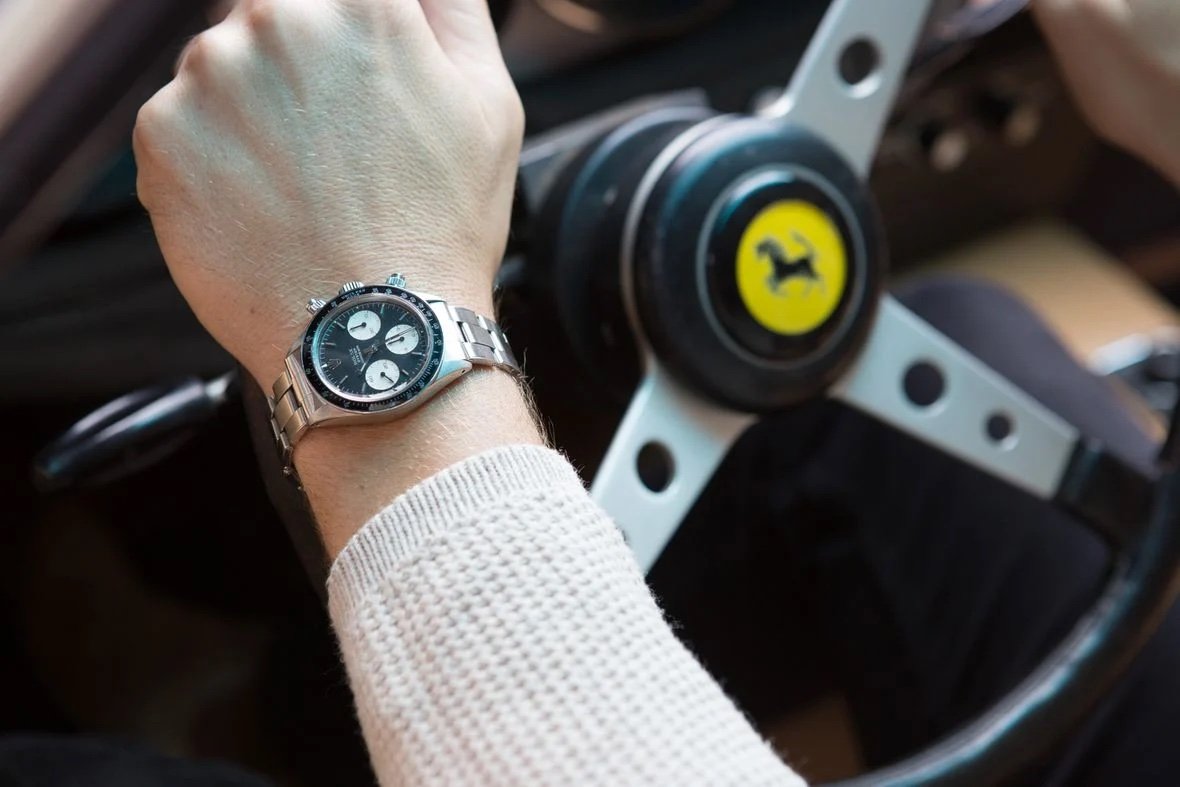Complication: Chronograph
Let me start by saying I’m sorry to keep you waiting since my last entry. I was doing research for a new series called Complications, as you might have guessed from the title. This is the first post of this series, where I will unpack different complications, what they do, a short history, and finally, there is a surprise. So let’s begin.
What makes watches noteworthy, beautiful, useful, and interesting is their movements, namely their complications. Most watches show the time, and some the date, but after these the most common complication is the Chronograph, making it the perfect first topic of this series.
We always had an obsession with time. Therefore, it was only natural for us to figure out a way to know what time it was. And the watch was born. The ‘first watch’ or movement-powered watch was created by a German locksmith by the name Henlein. He created what is known today as the ‘Pomander Watch.’ Watches were invented to tell the time, but we also wanted to keep the time between two actions. So, Louis Moinet created the first chronograph watch, enabling its users to measure the time between two checkpoints.
At this point, I’m going to guess that you are thinking of your favorite chronograph, be it a Patek, AP, or Daytona. If not, chances are you thinking about the most influential watch ever sold: Paul Newman’s Daytona. That piece will get its separate blog article (stay tuned). However, at Jewelss.co, we believe Newman’s Daytona showed the world that watches are assets, enabling the market to grow and more watch enthusiasts to become. For this article’s sake, what makes that Daytona special, is that Newman actually used the chronograph function of that watch to measure the elapsed time between laps in a race. Likewise, drivers are known to wear chronograph watches while driving in the past to measure their lap times. This is the purest usage of a chronograph and sits in a heavenly place where watchmaking and motor racing coexist.
Now, I want to talk about a different piece. One that is newer and from another manufacturer. If the picture above did not give it away, I am talking about the 1/10th of a second mono-pusher chronograph by Patek Phillipe, ref 5470P. This watch, given it is relatively new, does not hold a historic value as Newman’s Daytona, but is the epitome of the chronograph complication. It is also one of my favorite chronographs currently on the market. As the name suggests, the piece is equipped with a chronograph that is so powerful you can measure 1/10th of a second.
The piece also comes with a mesmerizing blue dial with not one but two chronograph hands, one in red and one in white. The red chronograph hand allows one to read 1/10th of a second, with the help of red indices on the dial. The piece is finished with a blue calf-skin strap with red stitching.
What I love about this piece is how it combines two different worlds. On the one hand, you have a mindblowing complication in patio metal. On the other hand, you have this sporty watch with red details over a deep blue dial. I just love this piece.
The world of watch complications is rich and varied, offering a glimpse into the intricate craftsmanship and technological advancements in horology. From the historic significance of the first chronographs to the modern marvels like Patek Philippe's ref 5470P, each watch tells a story of innovation, precision, and passion. As we continue this series, we'll delve deeper into other fascinating complications, unraveling the stories and the artistry behind these extraordinary timepieces. Stay tuned for more insights and surprises in the upcoming posts.




